|
Studebaker Main Page
Studebaker Proving Ground
Studebaker South Bend Plant Photos
Studebaker
World War Two Vehicle Photos
Studebaker in World War One
Studebaker R-1820 Aircraft
Engines on the B-17 "Yankee Lady"
Studebaker World War Two Fort Wayne
Plant
Studebaker Pacific Corporation
Studebaker World War Two
Fort Wayne Plant Photos
Fort Wayne, IN
1942-Present
This page updated 9-8-2018.

The Studebaker Aviation Plant in Fort Wayne, IN won four Army-Navy "E" Awards.
Located in the 4300 block of New Haven
Avenue on the east side of Fort Wayne, IN, this 500,000 square foot
government financed plant was built during World War Two. The
express purpose of the plant was producing Wright R-1820 aircraft engine
components and subassemblies for the Studebaker aircraft engine assembly
plant on the south side of South Bend, IN. These engines were then
destined to be used in the famous Boeing B-17 bomber. After World
War Two, the plant was declared excess by the War Assets Administration,
and by September 1946, U.S. Rubber had purchased the former Studebaker
Fort Wayne plant. Later, International Harvester, which had its
Fort Wayne truck plant near the former Studebaker plant, bought
the facility. International Harvester used it for the manufacture of its Scout off-road utility
vehicle. It was known as the "Scout Building" to International
Harvester employees. Scout production ended in October 1980.
In July 1983, the entire Fort Wayne International Harvester plant complex
closed. Today the building
is still in use by several manufacturing companies.
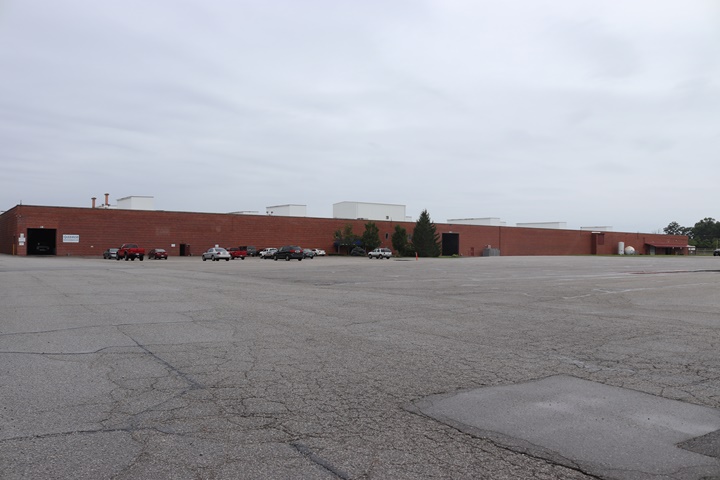
This is the east side of
the plant. Note that the facility is a one-story brick building
with no windows. There were two reasons for this. The first
was that when the plant was built, there was still concern about the
United States being bombed by German long-range bombers. With no
windows, the plant could run at night and not be spotted by an attacking
aircraft. Secondly, this plant was built for the manufacture of precision
aircraft engine parts. In order to maintain the tight tolerances
required, the plant
was air-conditioned so that the parts would not shrink or expand due to
temperature fluctuations. World War Two introduced
air-conditioning on a large scale in the U.S. Author's photo added
9-8-2018.
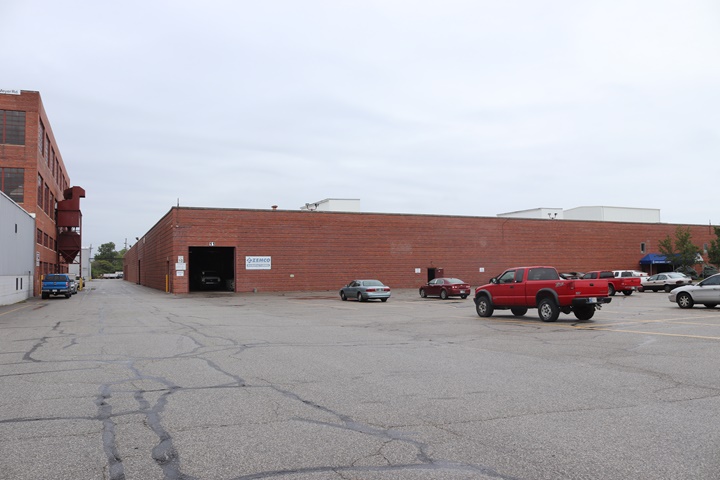
This is the south-east corner of the plant. The plant was built as
a one-story as its intended function was machining only and would only
contain machine tools. There was no need to construct the building
as a high bay, which would have been more expensive to build and
air-condition. The south side of the building can be seen. Author's photo
added 9-8-2018.
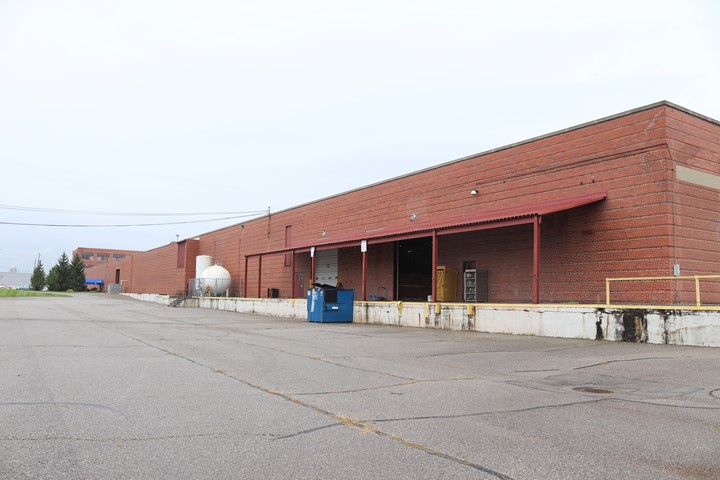
This is the east side looking south. Author's photo
added 9-8-2018.
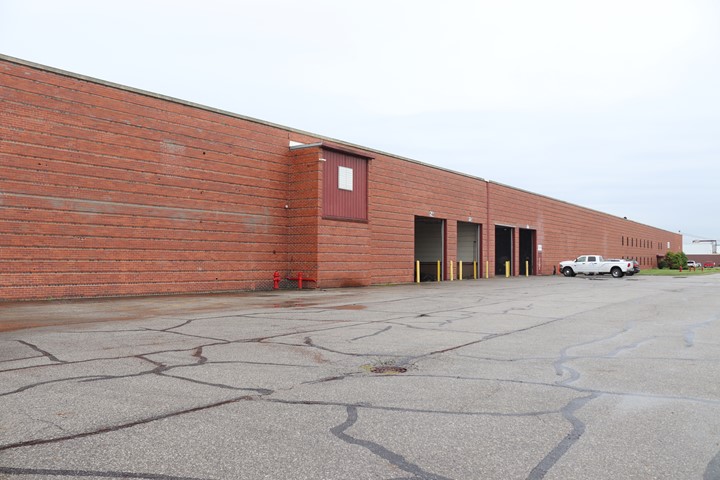
This is the north side of the former
Studebaker Fort Wayne R-1820 aircraft engine parts machining plant which
faces New Haven Avenue. The construction of the building was labor
intensive given its totally brick construction. Author's photo added 9-8-2018.
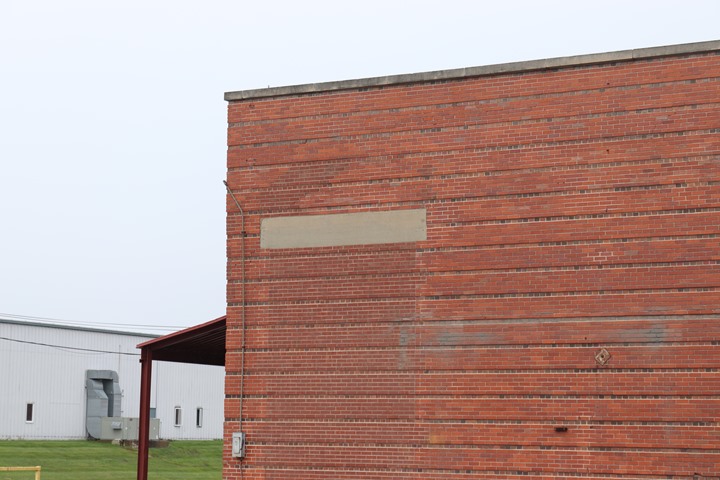
This is the north-east corner of the
building. At one time there was a door located here, but it was
bricked over with a slightly different shade of brick. Above the
former door is a block of stone that most likely had the name Studebaker
on it during World War Two. Author's photo added 9-8-2018.
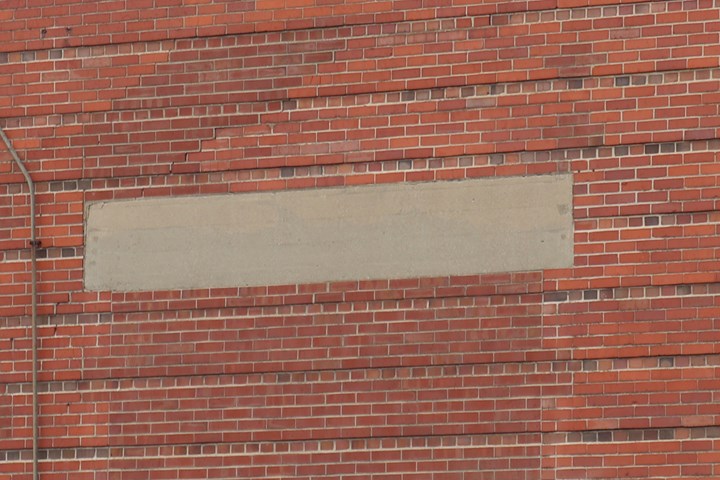
A close-up of the stone indicates there used
to be lettering on it at one time but has been ground off.
Author's photo added 9-8-2018.
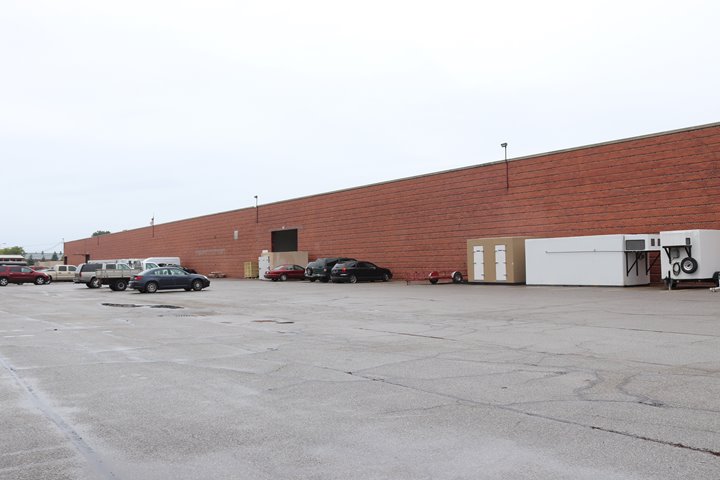
This is a view of the west side of the plant. Author's
photo added 9-8-2018.
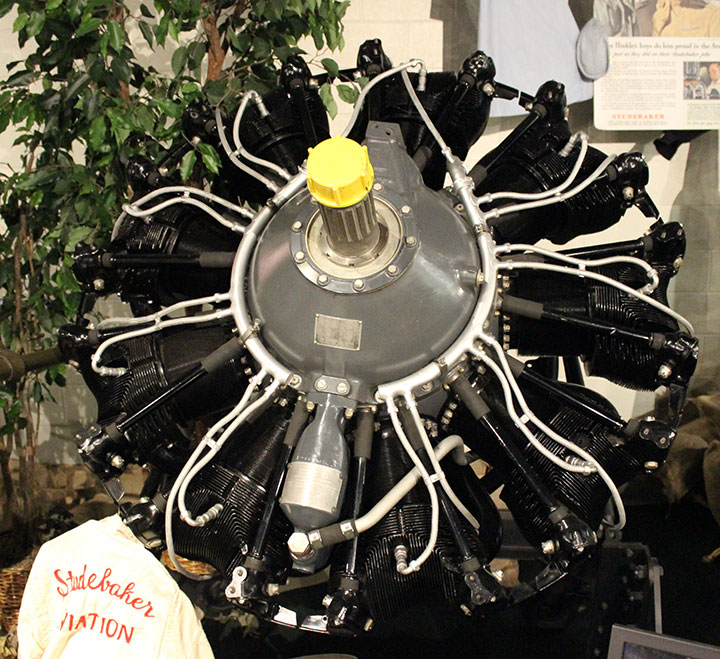
This R-1820 aircraft engines is one of
63,789 built by Studebaker during World War Two. It is on display at
the Studebaker Museum in South Bend, IN. Many of the components in
this engine were built in the Studebaker Fort Wayne plant.
Author's photo.
|








